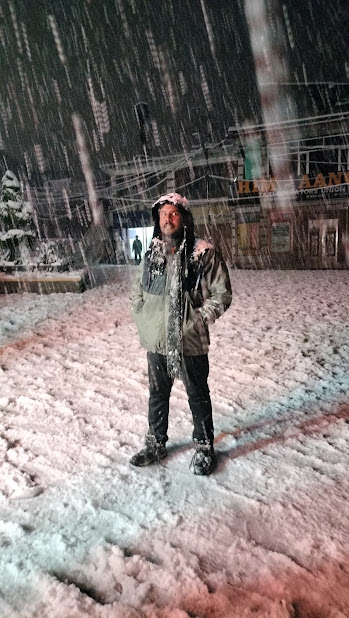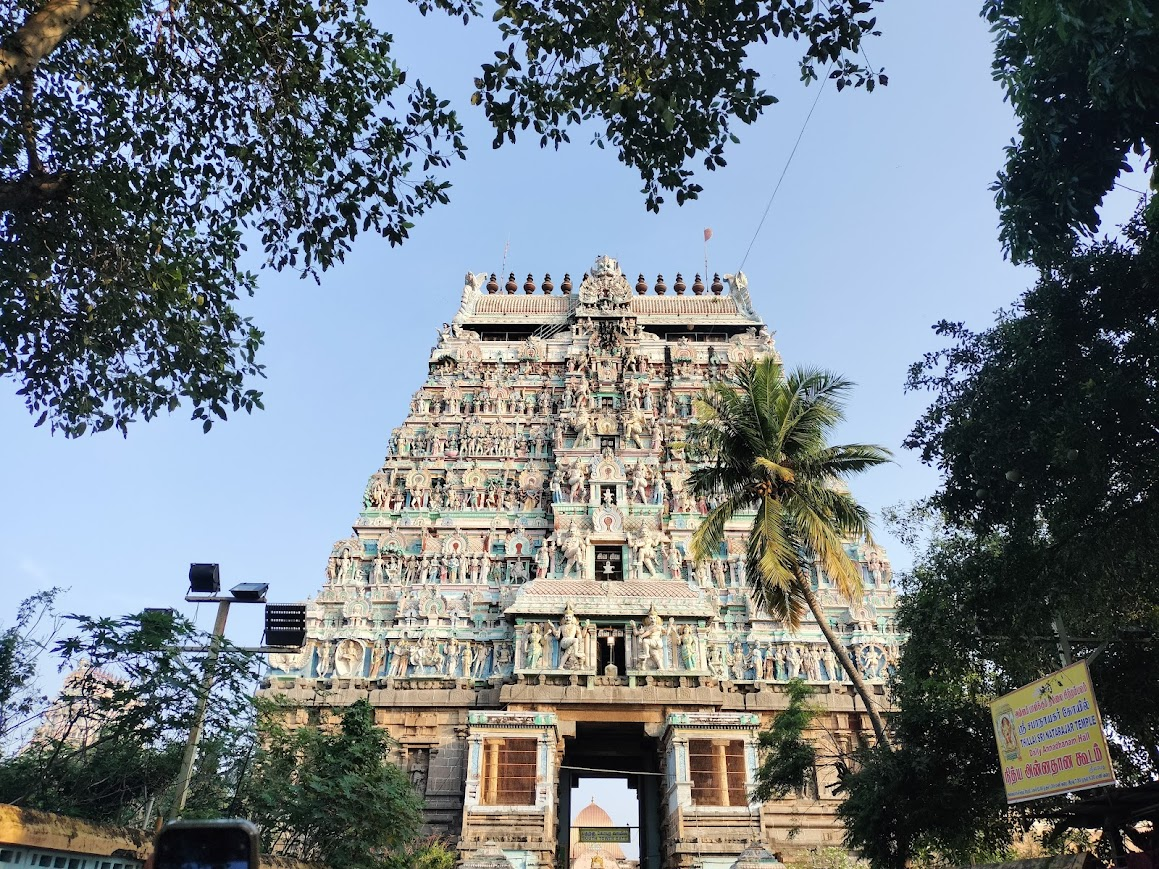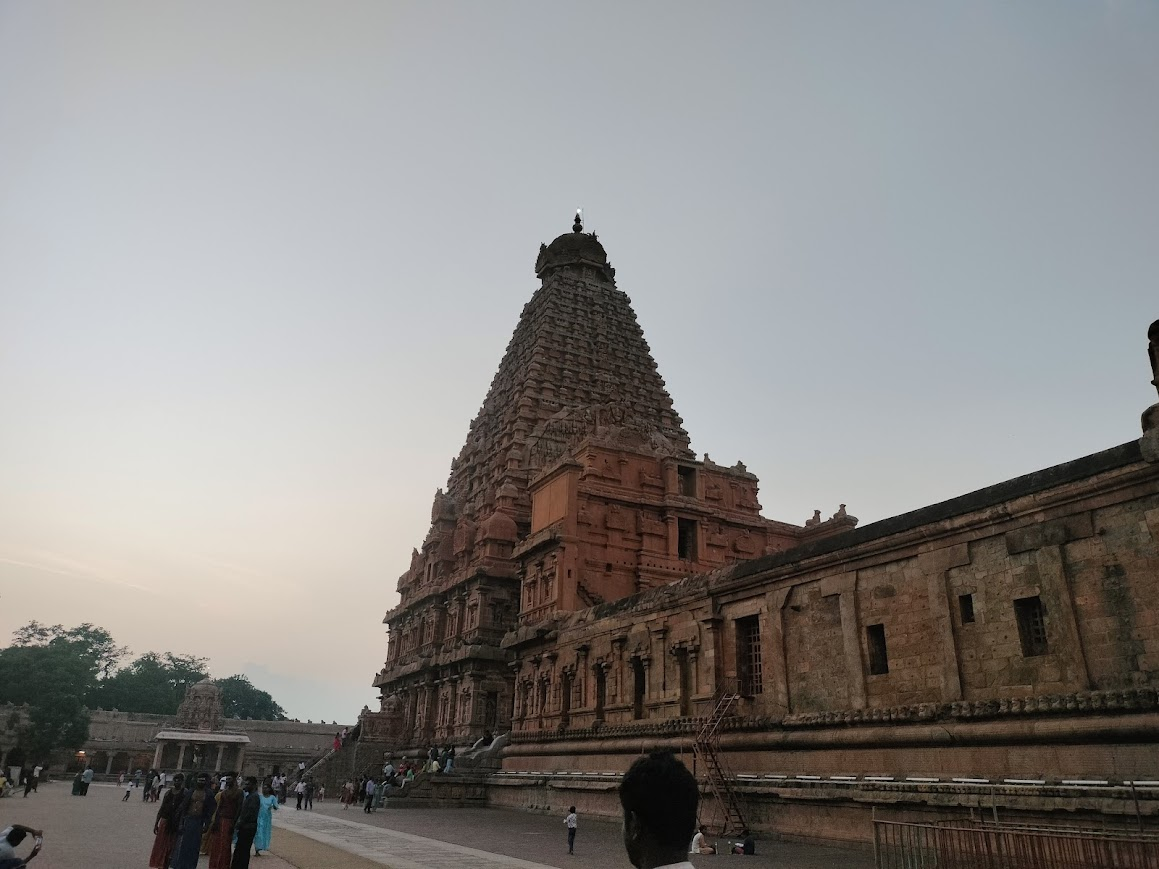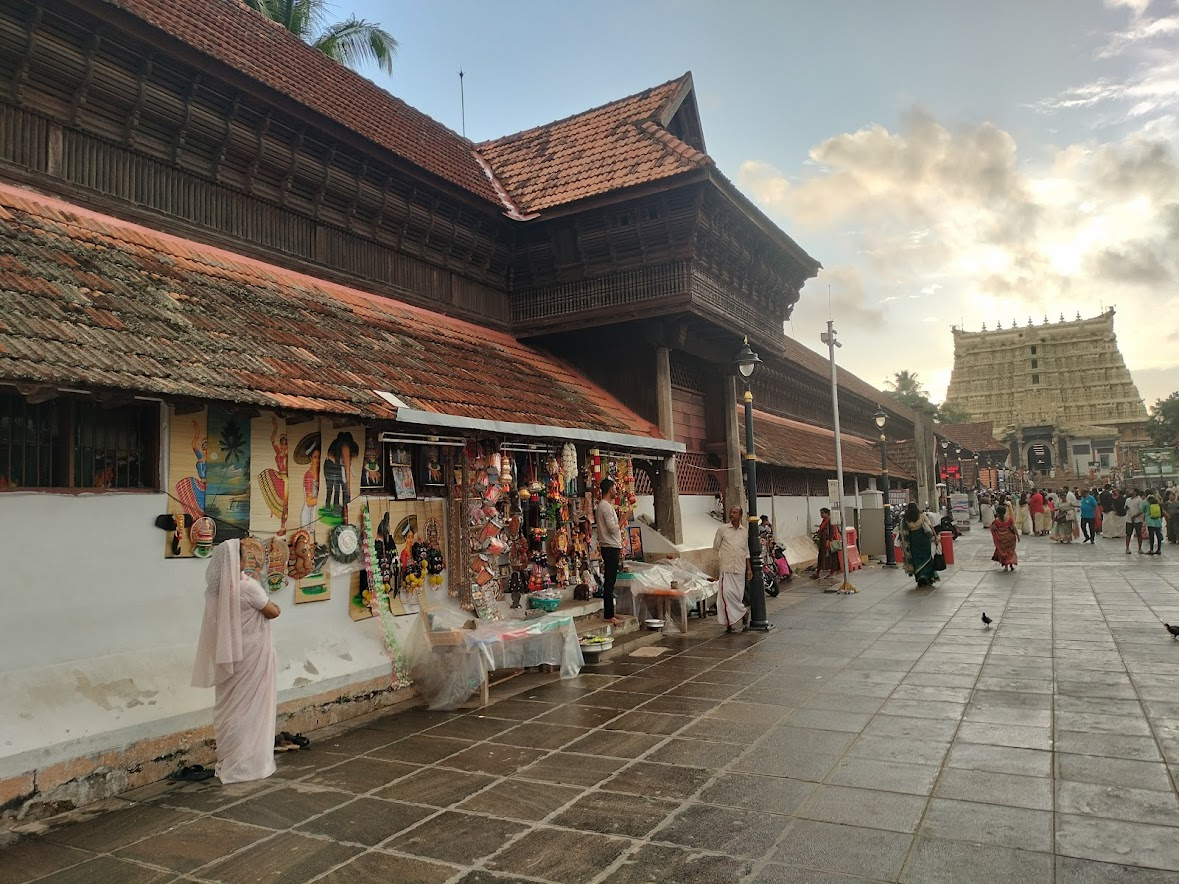"Three minutes." our tour agent was pretty straightforward, looking at me in between counting the people hurrying into the bus. "You'll have to ask a hotel or something, or do it on the side of the road."
Public toilets are not a thing in this part of the world, and at -2 degrees centigrade in the middle of a mini blizzard, I wasn't about to complain.
Manali is perhaps the most lively town in the Beas river valley. The buses that brought us from Bhuntar were too wide for the city streets leading to our hotel on Mall Road. We had to get down outside the city and transfer to these small 10-seater vans.
Hurrying through the snow, I made my way into the parking lot of a hotel. Hotel Neelam. The area was slippery from all the water and hailstones. I carefully tied my new hiking shoes, which I had gotten for cheap from Kasol, and gently walked inside.
'Sa'ab, may I use your restroom?'
He motioned to the door. Without saying thank you, I rushed to the men's room and let all the day's water out. Hot steam rose as it struck the frozen urinal.
The snow outside was still unforgiving. Once again carefully descending onto the road, I went back to the agent.
"Last van. Get in that one."
It seemed to me that Suraj, Amal and the others had already left in the previous van. Confirming that all our luggage would be brought to the hotel later, I took my knapsack and huddled into the front seat of the van. In it were my mufflers, my gloves and the new Kullvi cap that I had bought in Kasol. In the driver's seat was a Tibetan-looking man who was not in the mood to talk.
Dropping us at the meeting of Mall Road and Model Town Road, he pointed me to our hotel. Snow View. At Snow View I found my luggage and met up with my friends. Shahzad was standing at the reception, ensuring that everyone had a room. I got grouped with Amal, Zeeshan and Amit.
It seemed, however, that Hotel Snow View was full. The agents showed up and directed me to Hotel Ibex, just one block away, where we also had emergency reservations. And so we were to be in Room 106.
In it was one big bed, two sofas, and a television. On payment, we received a radiator, around which we huddled for the majority of our stay there. Amal pulled the sofas closer to the heat and we laid out all our wet things on them. Not long after, our friends called us up and told us we should eat at this Tibetan restaurant near our hotels. We decided to walk out, seeing that the snow was not going to subside tonight.The walk to Chopsticks restaurant took a while. Most of us, who had never seen snow before in our lives, celebrated their newfound experience by throwing balls of snow at each other. The experience for me was not as comfortable as I had become tired of the element as soon as I saw it. Suraj and I opted out of the snow fight and hurried inside the restaurant. It was a narrow but long corridor with wooden tables and chairs on each side. At the other end was a parlor for couples and families.
Most of us ordered thukpa, a Tibetan soup and noodles dish. Suraj had chicken thukpa and I had the vegan version. This dish is served hot with a few types of sauces and condiments. The hot soup was a much needed respite from the cold.
Returning to our room, we discovered that we were in a pretty precarious situation. The snowstorm had destroyed power connections and the entire town was plunged in darkness. Fortunately, Hotel Ibex was running a diesel generator downstairs for the radiators and lights. We were requested to go to sleep as soon as possible to save up on diesel for the next day, also expected to be without power.
For some reason the power didn't go out, and the radiator kept running for as long as I could remember. We woke up to a somewhat sunny day. I decided to call my parents and tell them about our stay, only to discover that the mobile networks were down. We were effectively trapped. Hotel Ibex Wi-Fi was our only connection to the outside world.
Though it was morning, not a ray of sunlight was anywhere to be seen. The sky in Manali was covered in gloomy grey clouds. On the ground, nearly three feet of snow from yesterday's storm was starting to melt, turning a walk on Mall Road into a death trap. To add to the horror, it began to rain.
Snow is pretty annoying in itself. When it starts to rain on top of it, you begin to question every life decision of yours leading up to that moment. Walking ankle-deep in melting snow while it rains above is a form of torture. I put myself through this type of torture, alone, in hopes of finding the temple of Hadimba Devi that we were supposed to visit that day. Walking up Mall Road and crossing the river Beas, I realized that the temple was much further than I thought. Walking there was impractical, to understate things. I decided to walk back. On Mall Road again, I had the sole accident on this trip.
My feet sank into a column of snow as deep as a child and got buried there for a full minute. At the bottom, it was not just snow but a sub-surface river of snowmelt, incredibly cold water. It got into my shoes, my socks and stung my pants and thermal innerwear. I dragged myself onto the side of the road, where there were benches, debilitated and in incredible pain. I took off my shoes and my socks and the experience was no different. The freezing Himalayan air felt no nicer. A nice old lady, a local, struck up a conversation with me.
"Squeeze the socks out. Put your shoes on without socks. Your shoes are leather. They don't hold water."
"It's still cold. I need warmth." I replied in the best of my Hindi.
"There's no power anywhere. All of Manali is in the dark. I don't know what you can do."
"Oh."
"Are you working?"
"No, I'm a student. From Kerala."
"I meet lots of people from Kerala. They buy my crochet."
I smiled at her familiarity.
"I know you are a very rich people. Keralites are very smart."
The compliment was assuaging.
"You should go back to your hotel. It's probably best."
I hurried back to Hotel Ibex, with both socks and shoes on my feet. Unfortunately our reservations were over and I could only sit in the reception.
I took my shoes and socks off and secretly squeezed the water out of my socks again. It felt wrong and inappropriate to do that in the reception of a hotel, but I had no choice. Each time a guest opened the door, the cold air entered the hall and sent my feet into shivers again. My gloves were wet, too, now. I took them off and prayed for the power to return.
A while later, our tour agents showed up. They were in 102 and had reservations for a while longer. Tarun told me to come there should I need to. I didn't go for some reason. I think I was too shocked to process that there was no shame in going up there.
Amit Anil Emmatty joined me not much later. He, too, was uncomfortable, but not as injured as I. The rest of the day as I remember it was Amal, Amit and I sitting on the reception sofas and periodically going upstairs to our in-house restaurant, four or five times in all.The news websites and WhatsApp calls back home were painting a grim picture. The Chandigarh-Manali highway was in shambles. Roadblocks and crisis traffic were going to make leaving Manali impossible.
By sunset, if you could call it that, we were stuffed into those ten-seater vans again and transferred back to our old buses on the highway. By the time we were all in the bus, it was properly night and everyone was hungry. There was a KFC, a Pizza Hut and a couple of other fast food places near our buses. That would be our dinner for the night. I had a pizza and took out dinner for Amit and the professors: the last orders placed at that KFC that night.
For some reason I had been sleeping extremely well throughout the trip. I had dinner and fell asleep in my seat pretty fast, expecting to open my eyes in the warmth of Delhi.
It was 7 when I woke up and not only were we not in Delhi, the bus had hardly moved from where it was initially. We were already on the news back in Kerala: 119 students and 5 teachers, trapped in Manali, forced to spend a night inside their bus.
I stepped outside to a Manali I had not seen until now. There was very little snow on the ground; it had all melted away last night. The Beas river was running majestically and the sun shone brightly onto the valley. The Beas Valley is an incredibly beautiful area of the Himalayas.Some light tea was served. I didn't risk this local concoction as a toilet was still very far away. After taking in the sights and sounds of the river, we were informed of a new reservation at a nearby hotel.
Hotel Apple Valley was comfortable enough a place to hang out until the highway to Chandigarh cleared up. The sun was high in the sky and it was no longer that cold. It was the type of weather that we expected when we arrived in the valley. Radiators allowed us to dry our wet things.We left the area around 4pm. Thiruvananthapuram called shortly before the bus and ordered us to inform all students to call their parents and reassure them of their safety. It seemed that they were frantically calling the college after seeing the sensationalized news headlines.
And from then on we slowly descended the Beas valley. We had dinner at Bhure da Dhaba near Kiratpur Sahib and left for Delhi via Chandigarh.
I never would have imagined it, but for once, I felt that there was nothing else that could cure me but returning to the heat and humidity of Kochi. And it did. Since my return two days later, I have been struck by the disease of sweating. I wasn't the sweating type at all, but two days in the Himalayas flipped a switch inside me. These days I sweat bullets.

























.png)








